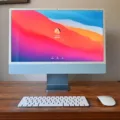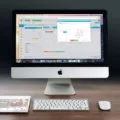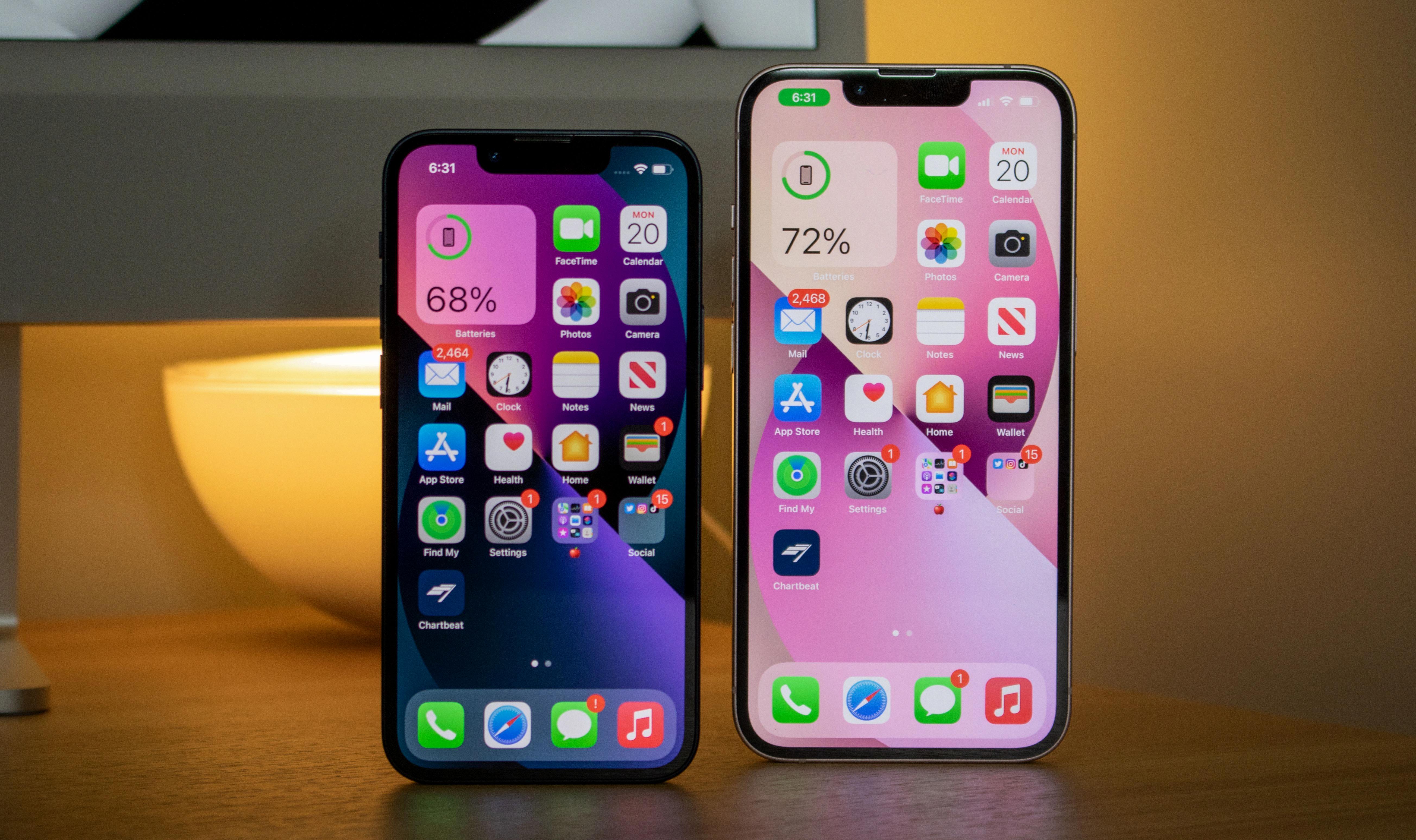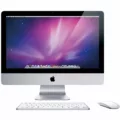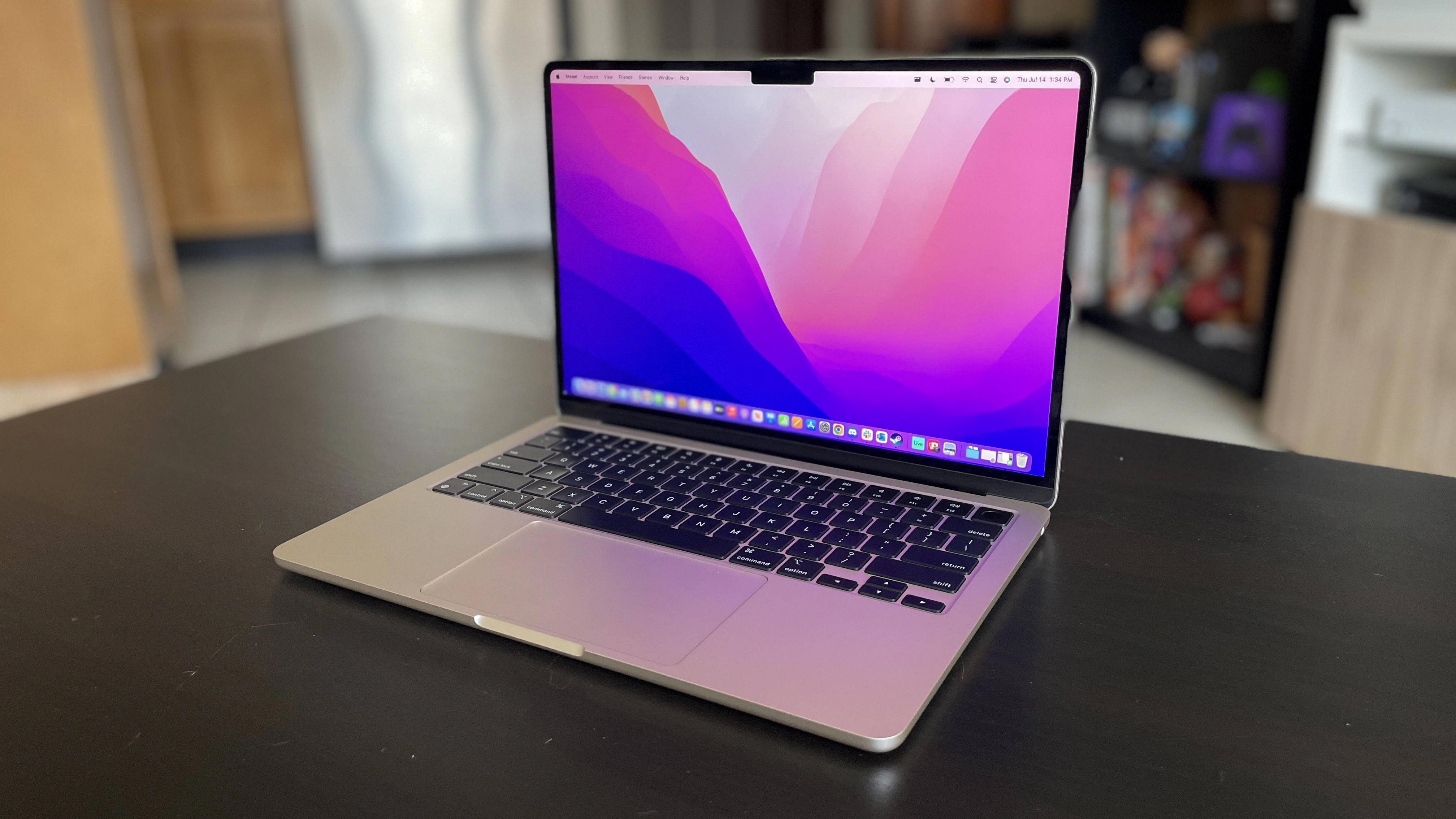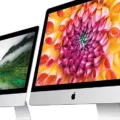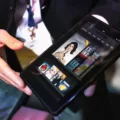Are you havng trouble getting your iMac to read your Micro SD card? This is a common issue, but luckily there are a few steps you can take to solve the problem! In this blog post, we’ll explore what could be causing the issue and some possible solutions.
First of all, let’s identify some potential causes of the problem. It could be something as simple as an outdated software or driver or it could be an issue with the card itself. It’s important to rule out all possibilities before proceeding with any repairs.
If you suspect that the software or driver is out of date, then you shoud update your Mac OS to the latest version and also check for any new drivers that may need to be installed. You can also try connecting your Micro SD card to another device such as a smartphone or tablet and see if it works properly there.
Another possible cause of the Micro SD card not being read by your iMac is physical damage. If your card has been exposed to water or extreme temperatures, then it could have suffered some damage that might prevent it from working properly on your computer. If this is the case, then you should take it to a professional for repair or replacement.
If none of these solutions work, then tere is one last option that may help – repairing the unreadable SD card with Disk Utility. This program can scan and automatically fix any problems that it finds with your Micro SD card. To use this program, open Finder > Applications > Utilities > Disk Utility and select ‘Repair Disk’ from the menu bar at the top of the window.
We hope that this post has been helpful in solving your iMac not reading Micro SD card issue! If you have any additional questions or would like more information on this topic, please feel free to contact us at anytime!
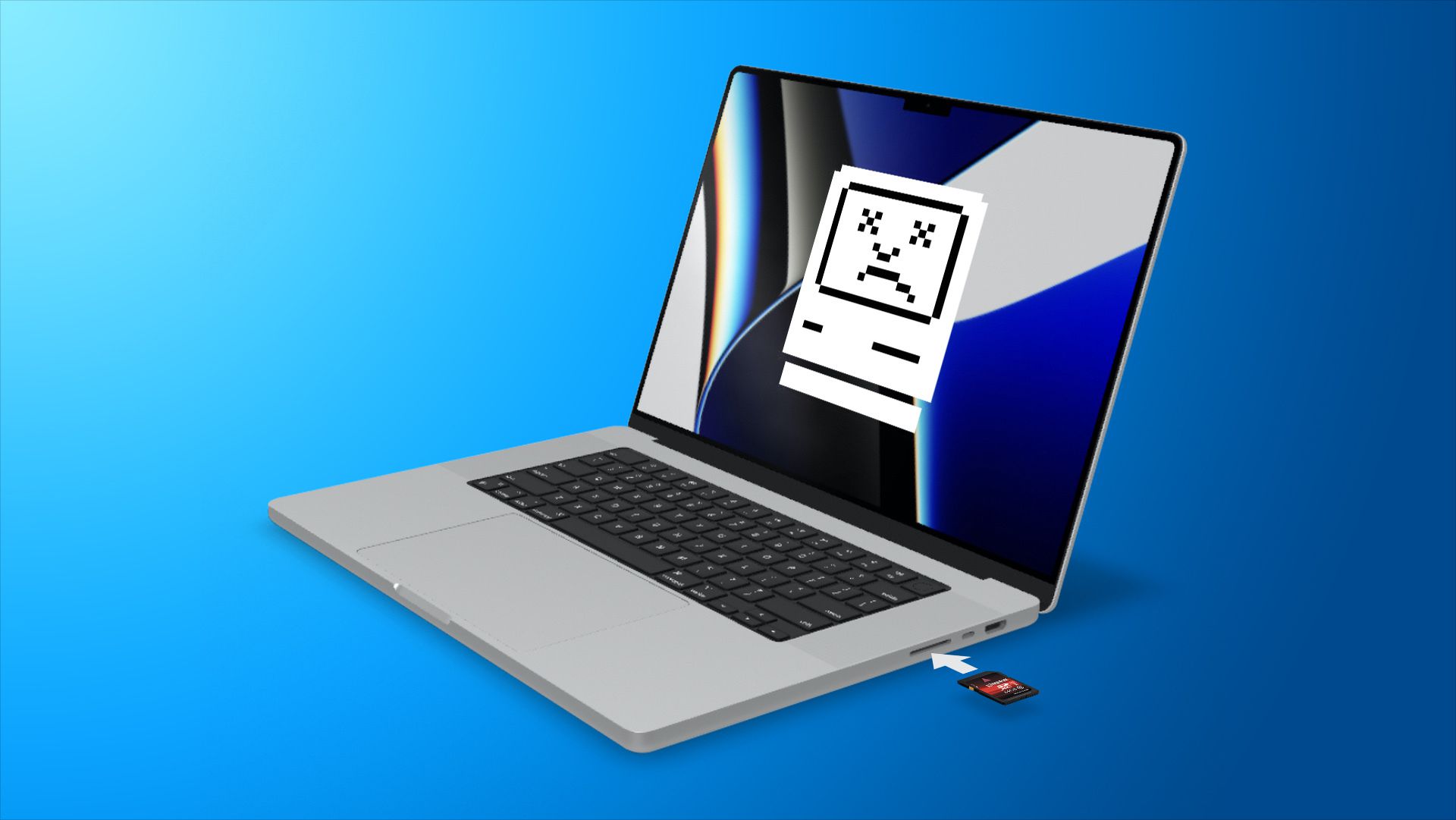
Reading an SD Card on an IMAC
To get your iMac to read your SD card, you’ll first need to make sure the card is inserted into the appropriate slot. Most iMacs have an SD card reader located on the side of the computer. Once your card is inserted, open Finder and go to Preferences > General. Make sure the “External disks” option is ticked. Then select the Sidebar tab on top and make sure the External disks option uder Locations is also ticked. Your SD card should now appear on your desktop and in Finder.
Troubleshooting Mac Compatibility with Card Readers
There are many potential reasons why your Mac is not reading your card reader. It could be due to a virus attack, sudden power failure, file system corruption, bad sector, or physical damage on the Mac system, the SD card, or the card reader. In some cases, incompatibility between the two devices could also be a factor. To troubleshoot this issue, try connecting the card reader to a different USB port and/or restarting your Mac. If that doesn’t work, you may need to update your computer’s drivers and/or reformat the SD card. Additionally, you can check if tere is any dust or dirt inside the card reader that might be preventing it from connecting properly.
Troubleshooting MicroSD Card Not Showing Up
There are a few possible reasons your microSD card may not be showing up. The most common is that the card reader or device you’re using to access the card is not compatible with the card’s format. Another possibility is that the card itself has become physically damaged, preventing it from being read properly. Finally, it could be an issue with the driver or firmware of your card reader. If none of these solutions work, you may need to try a different card reader or look into replacing your microSD card.
Fixing an Unreadable SD Card on a Mac
If your SD card is not readable by your Mac, tere are a few simple solutions to try. First, try connecting your SD card to another device and see if it works. If you’re still having trouble, then check the USB port on your Mac computer to make sure it is working properly. If this doesn’t work, disconnect the SD card and restart your Mac computer. After restarting, re-connect the SD card and make sure it is in the correct format (for example, FAT32). If none of these solutions work, you can repair the unreadable SD card with Disk Utility. To do this open Disk Utility from the Applications folder or Spotlight search. Select your SD card from the left hand side of the window and click ‘First Aid’ in the top right corner of the window. Click ‘Run’ to begin repairing any errors found on the SD card.
Troubleshooting Issues with Finding an SD Card on a Mac
It is possible that your SD card is not showing up in Finder because the Preferences for external disks have changed. To view your SD card in Finder on Mac desktop, go to the System Preferences and select the “External Disks” option. Make sure that the setting for external disks is set to show the SD card in Finder.
If the setting is already enabled, then it cold be a problem with the connection between your Mac and the SD card. Check to make sure that your SD card is properly inserted into your computer’s port and try restarting both devices. If you are still having trouble, you may need to try a different port or check if an update is available for either device.
Fixing an Undetected Micro SD Card
To fix an undetected micro SD card, frst make sure that the card is properly inserted into the slot. Check if the issue is caused due to a loose connection. If the card is firmly inserted and the issue persists, try using a different SD card reader to connect your SD card to your system. If this does not work, you may need to perform a quick format on your SD card. To do this, go to Disk Management and right-click on your SD card and select ‘Format’. Once you have successfully formatted the card, you can now access it again. In some cases, you will need to use a data recovery software like Remo Recover in order to recover any lost data due to corrupted files or sectors on the SD card.
Getting a Computer to Recognize an SD Card
1. Make sure your SD card is properly inserted into the card reader. If it’s not, gently push the card into the reader until it clicks firmly into place.
2. Check if there is a lock button on your SD card, and make sure it is unlocked. This will enable your computer to read the contents of the card.
3. Try using a different card reader or USB port to see if that helps your computer recognize your SD card.
4. If needed, try enabling and disabling the card reader in Device Manager to refresh its connection with your computer.
5. Make sure you have updated drivers for the device by downloading and installing any available driver updates for your SD card from its manufacturer’s website or Windows Update if needed.
6. If you stil have trouble with recognition, assign a new drive letter to the device in Disk Management to give it a unique identity and prompt your PC to detect it as an external device.
7. If all else fails, run CHKDSK to check for errors on your SD card that could be preventing its recognition by your computer – this can be done by right-clicking on the SD Card in File Explorer and selecting “Properties” followed by “Tools” tab then “Check” button under Error Checking section.
Conclusion
In conclusion, the iMac is an incredibly powerful and versatile all-in-one computer that provies excellent performance for a variety of tasks. It features a stunning Retina display, excellent performance, great battery life, and plenty of ports for connecting peripherals. This device is the perfect choice for professionals and home users alike who need a powerful machine that can do it all. With its sleek design and top-notch specs, the iMac will take your computing experience to the next level.

